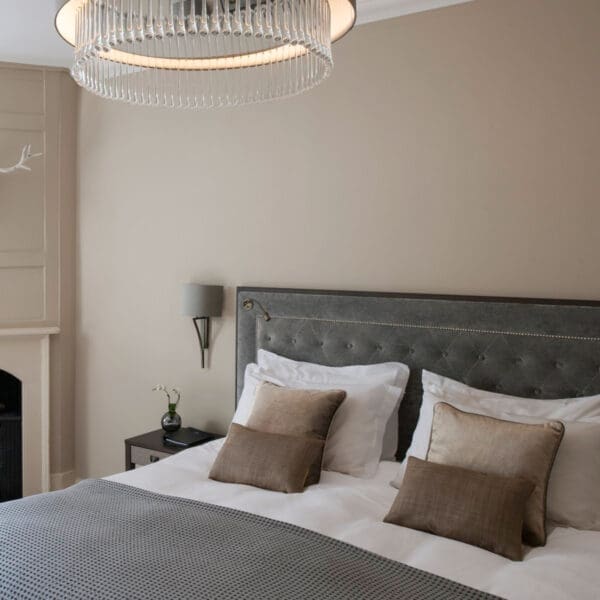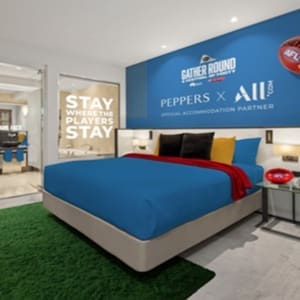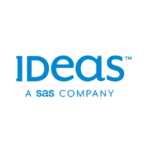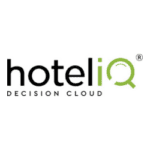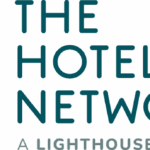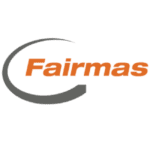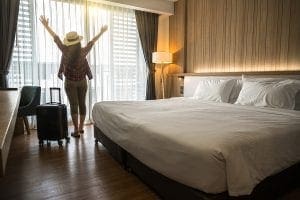 In a word, no. But that’s our educated guess and, of course, it depends on the efficacy of the vaccines in driving herd immunity and, fingers crossed, the lack of any new COVID-19 variants that emerge. Properly answering this question, though, requires a more detailed look at the psychological schism the pandemic has had within our society.
In a word, no. But that’s our educated guess and, of course, it depends on the efficacy of the vaccines in driving herd immunity and, fingers crossed, the lack of any new COVID-19 variants that emerge. Properly answering this question, though, requires a more detailed look at the psychological schism the pandemic has had within our society.
To put it through the lens of an example, we were recently consulting for a property in New York when we were specifically asked about using the hotel’s newly deployed viral safety measures as a topline advertising vehicle within a larger campaign of welcoming guests back to the city. There was some concern about appeasing those guests who were overly sensitive about knowing all the various safety measures put in place as well as ensuring the rules were adamantly enforced.
Our immediate response was that these hypersensitive individuals wouldn’t be the ones choosing any densely populated urban city for their first post-pandemic trip. For them, a private, fully detached cabin in the woods would be more in line with their system of beliefs than the mean streets of Manhattan where proper physical distancing is oftentimes impossible.
As a critical aside, this is in no way meant to disparage or diminish the viral safety measures put in place – they are all important. What we are talking about is the impact of your marketing messaging going forward. During the first few months of the pandemic – roughly March through July 2020 – we strongly advocated using Covid safety updates as a key advertising tool. But now, as we gear up for peak season in 2021, our predication is most people are satiated with this type of messaging and will be numb to your further use of it for topline marketing awareness. You have limited ‘real estate’ through which to reach customers, so why waste it on headlines or copy that isn’t emotionally charged?
Think of it like a health code inspection for restaurants. How many of us search for dining options based upon how clean a government agency has rated their kitchens? Close to none. Instead, dining safety only ever enters the conscious mind when there’s a serious infraction, potentially resulting in severe and long-lasting reputational damages. In this sense, it’s a pass-fail, and Covid safety will inevitably reach a similarly mature point within our collective consciousness.
Based on the motivations behind ‘revenge travel’, our prediction is that a significant portion of guests are exhausted from all the plastic barriers, the six-feet-apart floor markers and wearing marks everywhere. With widespread inoculation helping to alleviate the abovementioned hypersensitivities, the more bullish guests will come roaring out of the gates, eager to put the pandemic in the rearview window and motivated by the prospect of great hotel experiences, not safety above all else.
On the opposite side of the consumer spectrum, there will still be many people who remain freaked out beyond sane reasoning by COVID-19, and both your messaging and SOPs also should attempt to mollify this customer archetype. We call this post-coronavirus stress disorder (PCSD). Even when a sense of calm returns, you must then consider the 80/20 rule when dealing with guests of this archetype. That is, 80% of your problems will be caused by 20% of your customers, and you must therefore ask as to whether or not any further, and incrementally expensive, safety measures will ever be enough to satisfy these individuals.
Given this dichotomy in guest profiles, what we hope to get across in our divisive words above is that
Here are some thoughts based some of the emerging trends we are seeing:
- Workcations. With videoconferencing firmly cemented into the work-from-home (WFH) office culture, there’s little stopping people from traveling and shoehorning in a few hours of inbox clearing while on vacation. But are your rooms properly set up for WFH productivity? For example, do you have ergonomic chairs at a desk, good WiFi and second monitors? How about when a couple is on vacation together, yet both have conference calls at the same time? A business center with soundproofed cubicles (rented by the hour even) or a banquet hall divided into office spaces using air walls would really help out here. Next, think about what services and the delivery timing of each that would appeal to these guests.
- Young family vacations. As many schools have gone virtual, this has enabled families to forego the traditional summer travel season because children can attend from practically anywhere. Still, most parents won’t want to be in the same rooms as their kids when class is in session, thus making connected rooms a highly sought-after feature. Moreover, daycare and babysitting services are also beneficial for the parents who want to get a few hours of respite.
- Private small groups. For work or for leisure, the inkling of rebirth for this segment will start with gatherings of under a dozen or so. There will always be a demand for corporate retreats (or what’s being coined as ‘hub and spoke’ regional conferences), family reunions, private nuptials and any other manner of celebration. Contactless service as empowered by technology is a must to both prevent viral spread and to optimize revenue capture from amenities. Still, such guests will be keen to learn about what new features you’ve put in place to further enhance room block clustering, private catering, in-room amenities and socially distanced activities.
- Value-added explorers. Money is tight, and yet we cannot lose pricing power. This means that many prospective customers will be primed for packages that include additional nights, bundled services or credits. It’s a matter of looking back at what has worked and what’s distinguishable.


